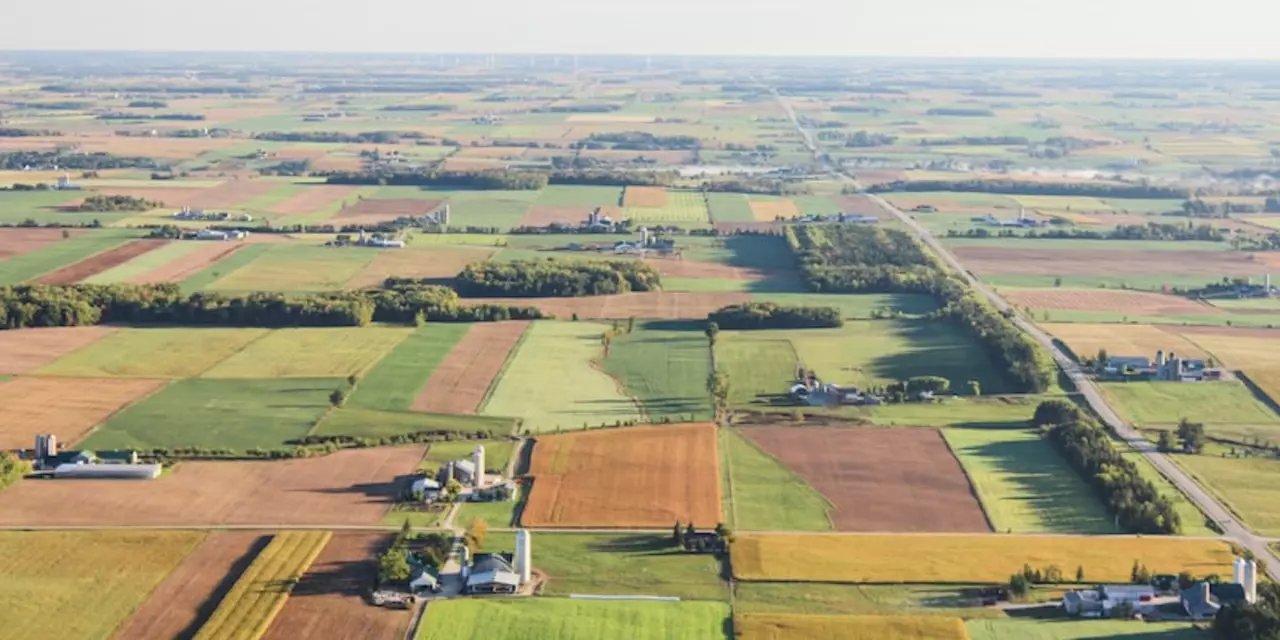Poverty in India: What It Means for Everyday Life
When you hear the word "poverty," you might picture a rundown village or a crowded city slum. In reality, it touches almost every corner of India, from remote hills to bustling metros. It decides who can afford a decent meal, who can send kids to school, and who gets proper medical care. Understanding these everyday effects helps us see why tackling poverty matters to all of us.
Why Poverty Still Persists in India
First off, the gap between rich and poor has widened faster than the country’s GDP. A handful of industries bring in huge profits, but many workers stay in low‑pay jobs with little security. Add to that uneven access to quality education – kids in rural areas often drop out early because schools lack teachers, books, or even proper buildings. Without education, it’s hard to break the cycle.
Second, health expenses act like a hidden tax for the poor. A simple fever can lead to a hospital bill that wipes out a family's savings. Public health facilities are overloaded, so many have to travel long distances for basic care. This not only hurts health outcomes but also steals time that could be used for work or study.
Third, land and housing issues keep people stuck. In many places, land ownership records are unclear, making it tough for families to claim legal rights. When urbanization speeds up, informal settlements pop up, lacking clean water, sanitation, and electricity. These conditions breed more disease and lower productivity, feeding the poverty loop.
What You Can Do to Help
You don’t need a big budget to make a difference. Start by supporting local NGOs that focus on education scholarships, skill‑training, or micro‑finance. Even a small monthly contribution can fund a child's school fees or a small business loan that creates jobs.
Second, volunteer your time. Teaching basic computer skills, English, or financial literacy at community centers equips people with tools to earn better wages. If you have a professional background, offering pro‑bono advice on legal or health matters can save families from costly mistakes.
Third, use your voice online. Sharing stories of successful poverty‑reduction projects raises awareness and pressures policy makers to act. Tagging relevant hashtags or writing thoughtful comments on platforms like IT World Daily amplifies the conversation.
Finally, consider conscious consumer choices. Buying fair‑trade products or supporting Indian startups that hire locally helps put money directly into underserved communities.
Poverty isn’t just a statistic; it’s a daily reality for millions of Indians. By learning the root causes, recognizing its impact on health, education, and housing, and taking small but consistent actions, we can all contribute to a fairer future. Stay curious, stay involved, and remember that every effort adds up.
How is it like to live in an Indian rural village?
Living in an Indian rural village is an experience that is a mix of rich culture and tradition, but also one of poverty and struggle. In rural India, life is still based on the traditional caste system and is largely agricultural, as most inhabitants are farmers. Despite the lack of material goods, the villagers often experience strong community ties, with people helping each other in times of need. They are also deeply connected to their cultural heritage, which is observed in daily practices, religious ceremonies and festivals.
